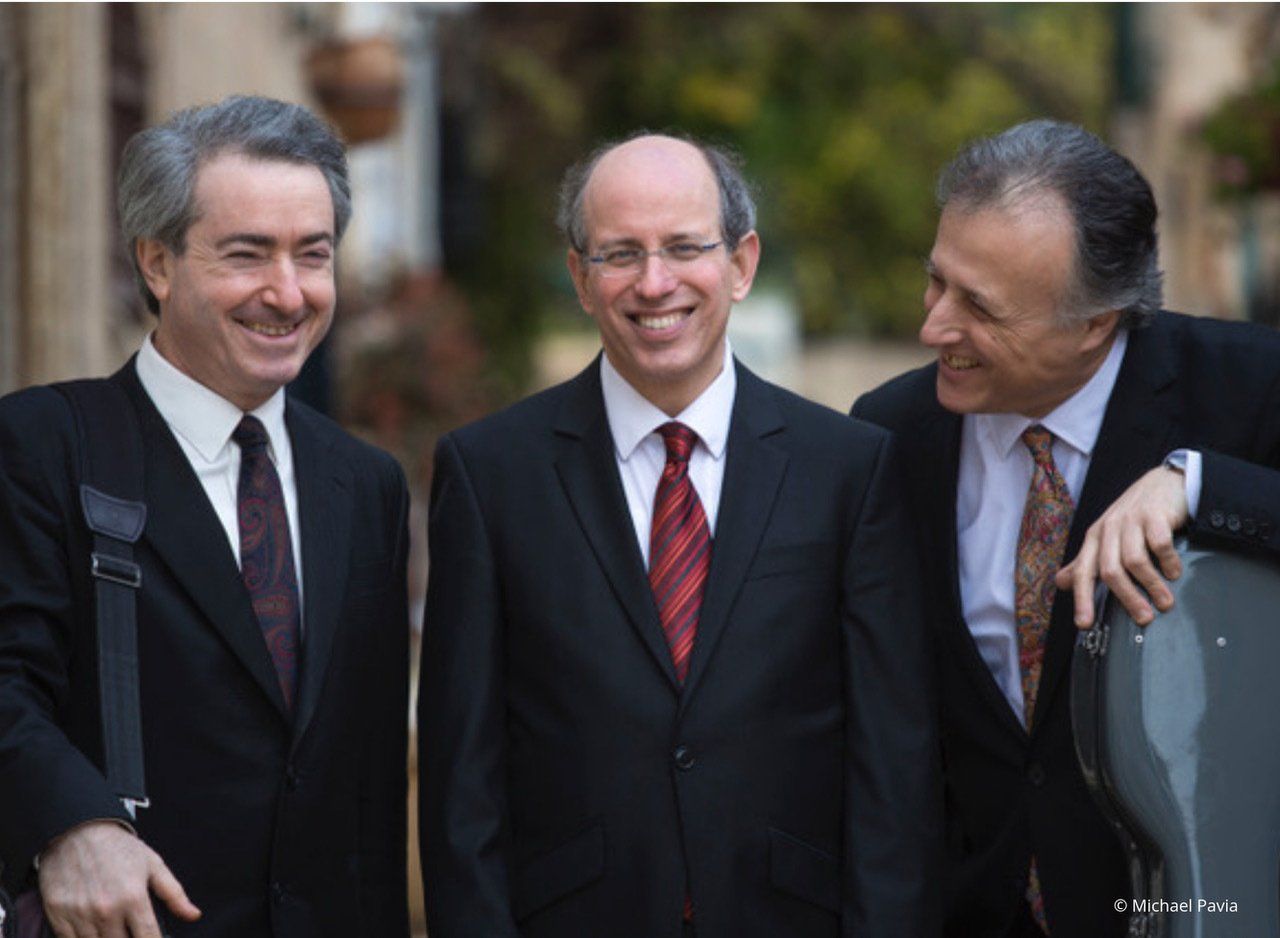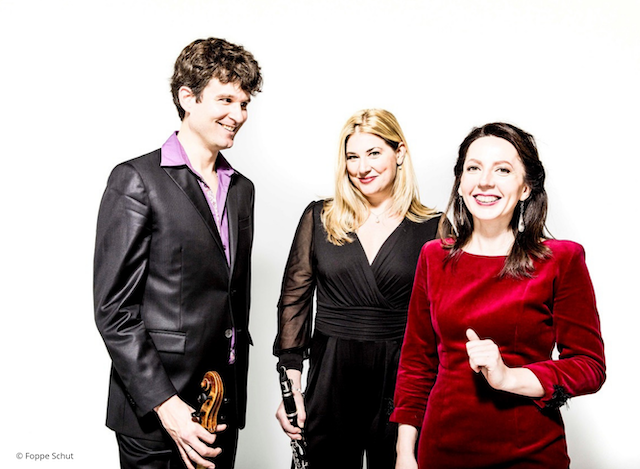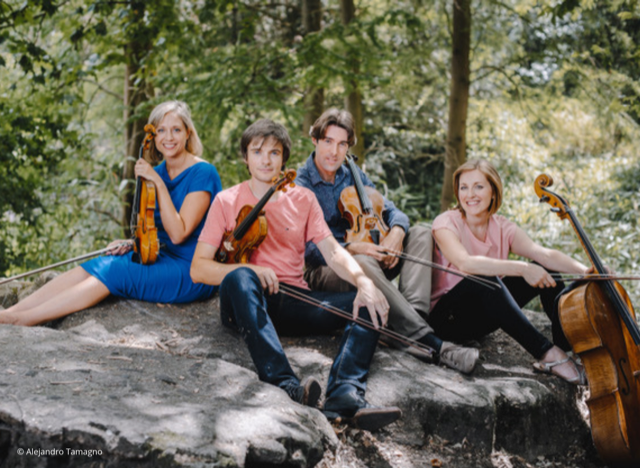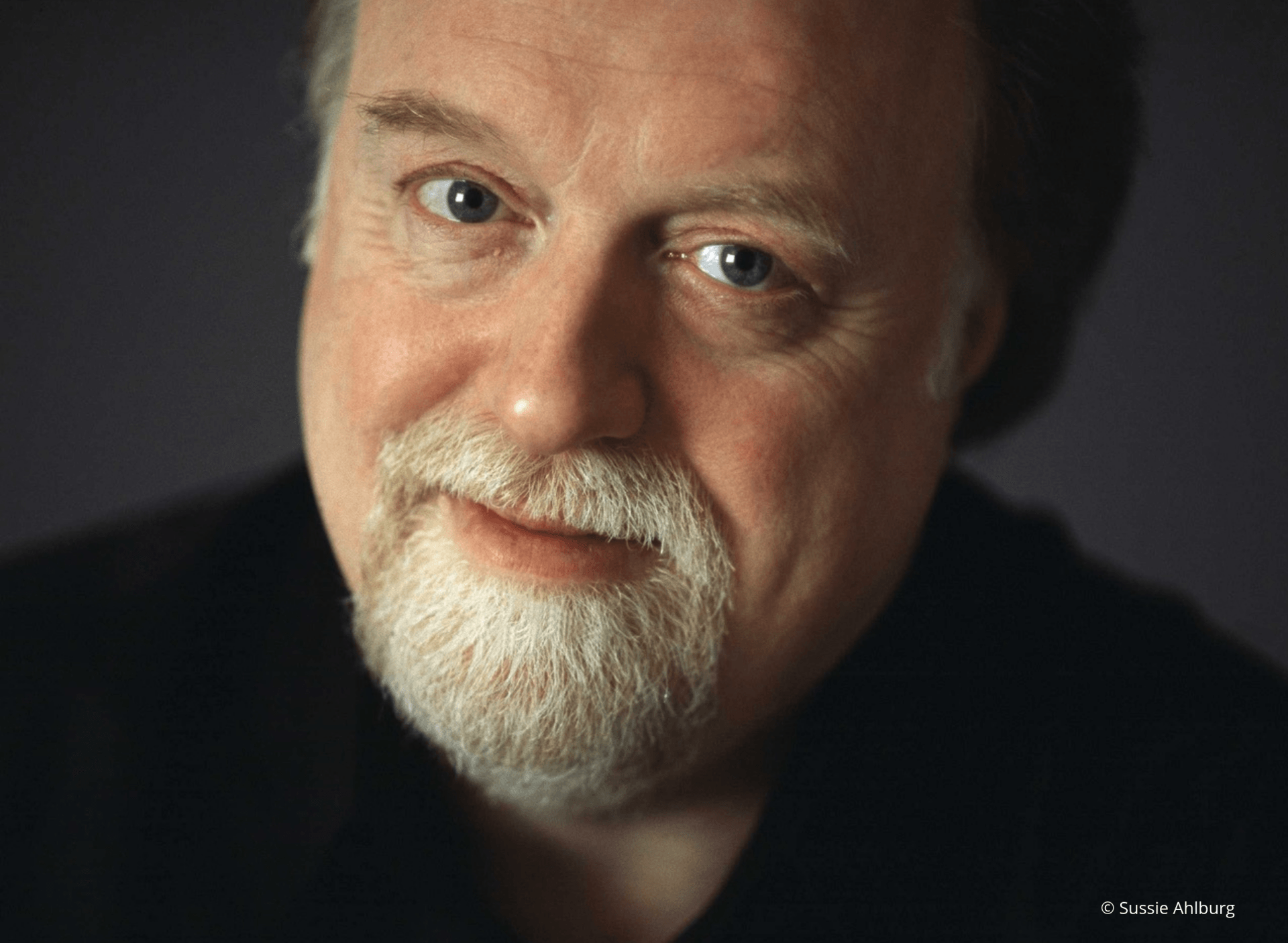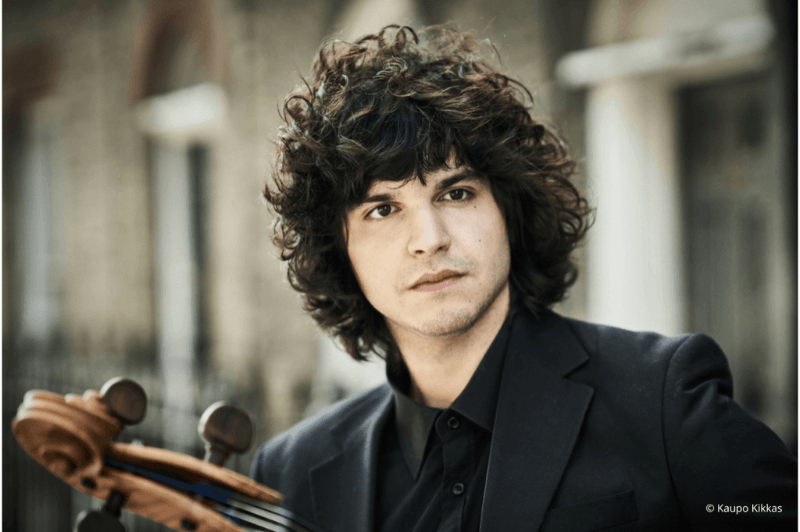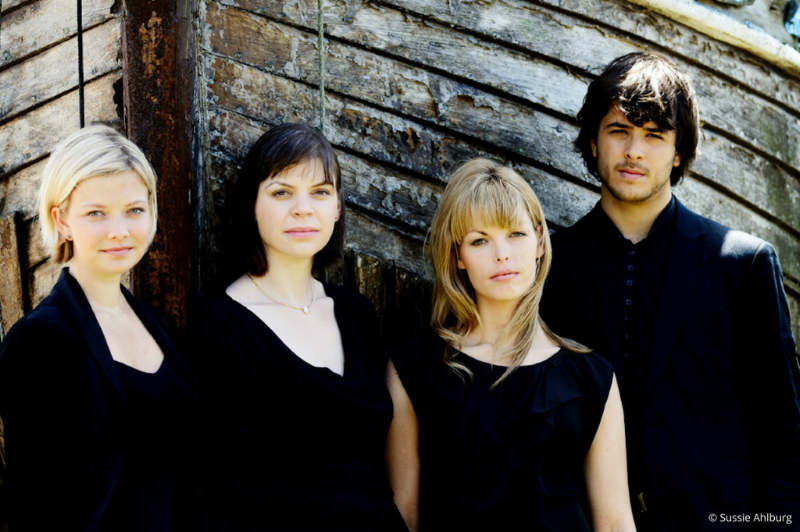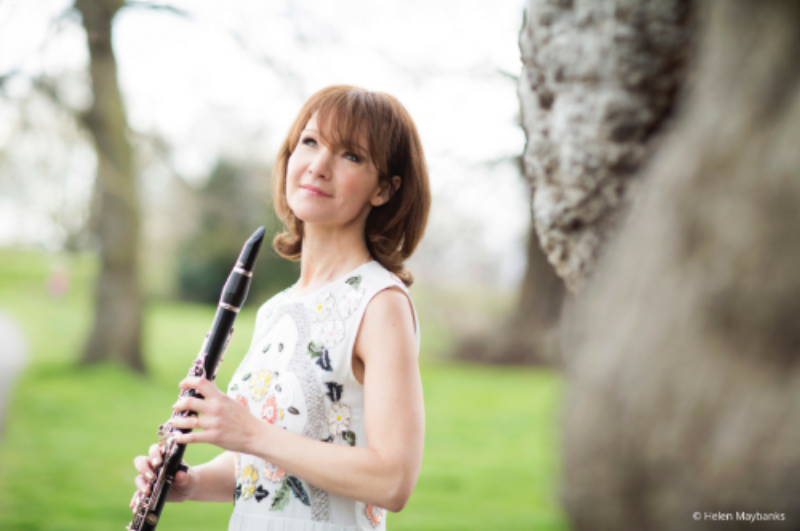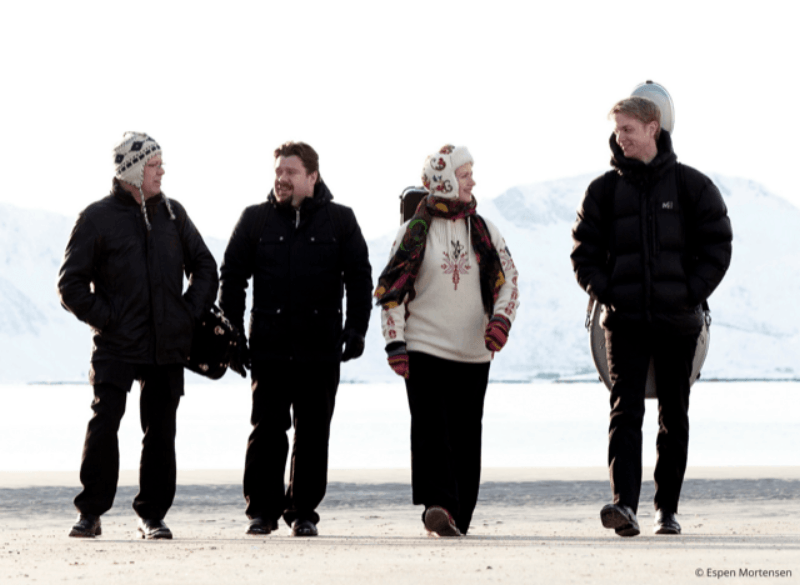MMS returns with a PIANO recital by Iyad Sughayer on Thursday 17th March!
- by Allan Colver
- •
- 14 Mar, 2022
- •
Thursday 17th March 2022 at 7.30pm
St James the Great Church, Morpeth
The Society is delighted to welcome pianist Iyad Sughayer for our first concert since 2020. This concert will take place at St James the Great Church in Morpeth in order to allow the use of a larger piano for this special recital.
Iyad is pursuing a promising solo career and has also been selected by the prestitigous, and highly competitive, Young Classical Artists Trust programme.
Born in Amman in Jordan, Iyad studied at Chetham's School of Music, the Royal Northern College of Music and Trinity Laban Conservatoire of Music and Dance where he won the College’s prestigious Gold Medal.
'He captures the music’s essence with such a close sense of recreative identity that it feels on occasion as though he could be composing it as he goes along. An outstanding debut'
BBC Music Magazine reviewing Iyad's first CD Khachaturian: Piano Works CD (BIS Records) / March 2020

Find out more about Iyad's programme for our concert:
Piano Sonata in F major Hob. XVI.23i Joseph Haydn 1732-1809
i. Allegro moderato; ii. Adagio; iii. Presto
composed in 1773Haydn was Austrian and one of the most prolific and prominent composers of the Classical period. He wrote 107 symphonies, 83 string quartets, 45 piano trios, 62 piano sonatas, 14 masses and 26 operas, amongst much else. He was the son of a wheelwright and a local landowner's cook. Haydn spent much of his career as a court musician for the wealthy Esterházy family at their remote estate. This isolated him from other composers and trends in music, so he was, as he put it, ‘forced to become original’. In 1790 Haydn moved to Vienna and accepted an invitation from the great German violinist, Salomon, to visit London, where he was adored.
This sonata is a witty piece that exemplifies the charm that so many love about Haydn’s work. It opens with a three-note dotted motive, which is then repeated twice, jokingly, to form the first theme. Haydn then iterates on this theme, before moving to the second theme. The second movement in F minor is elegant, yet melancholic. The darkness of a minor key for a whole movement would have been a surprise to contemporary audiences. The final movement is a comical conclusion, needed after the darkness of the second movement. The humour comes from the unexpected changes in harmony and touch, and despite the movement’s sparseness on the surface, it is not easy to play.
Six Impromptus Jean Sibelius 1865-1957
composed in 1893
Sibelius was a Finnish composer of the late Romantic and early-modern periods. He is widely recognized as his country's greatest composer, and his music is often credited with having helped Finland develop a national identity during its struggle for independence from Russia and Sweden. He considered himself an adventurous, modern composer but always composed using conventional keys and harmonies. This was appreciated in Finland but hurt his reputation on the continent. In 1892 he married Aino and they had six daughters. He tended to work in Helsinki, away from his wife and family, and indulged in heavy drinking and smoking. In 1909 he was successfully treated for throat cancer. However, ten years later he started to drink again. In his later years he lived in the Finnish countryside with his wife, finally dying of a brain haemorrhage.
- No. 1 in G Minor This is short; the atmosphere is funereal, with no let-up in the sorrow.
- No. 2 in G Minor The music starts with a slow introduction, then turns into a lively folk dance. A good example of how the character of a key can change, as the first two impromptus are in the same key, yet their effects are quite different.
- No. 3 in A Minor Sibelius’ instructions are to play this piece as a march.
- No. 4 in E Minor This is a slow piece, with an underlying minor key solemnity and melancholy.
- No. 5 in B Minor This impromptu glitters and shimmers with music that sounds almost Debussian as it goes up and down the keyboard with alternating hands.
- No. 6 in E Major The entire piece is to be repeated, a test of a pianist's musicianship. If the repeat is played as the first time through, this piece could become boring.
Harmonies Poétique et Religieuses: No. 7 Funerailles Franz Liszt 1811-1886
composed 1845-1852Liszt was Hungarian and the most technically advanced and virtuosic pianist of his age. He was also an important composer, piano teacher and conductor; and a friend of many other important composers, including Smetana.
One of his most famous religiously inspired keyboard works is this set of ten pieces based on poems by Alphonse de Lamartine. Liszt wrote this in response to the 1848 Hungarian Revolution, which was brutally crushed, and it is easy to see the imagery reflected in the three themes: the first a plodding trudge on a battlefield, the second forlorn, and the last a triumphant march.
The Canadian pianist Philip Thomson said of Funerailles: ‘Dark, poignant, defiant, and tragic, just as the events were that inspired it. More powerful or heartfelt funeral music than this has not been penned.’
++++++ Interval of 20 minutes (no refreshments) ++++++
Sonata No. 17 in D minor, 'The Tempest' Ludwig van Beethoven 1770-1827
composed around 1801-1802Beethoven was a German composer and virtuoso pianist. A crucial figure in the transition between the Classical and Romantic eras in Western music, he remains one of the most famous and influential of all composers. His best-known compositions include 9 symphonies, 5 piano concertos, 32 piano sonatas, and 16 string quartets.
Born in Bonn, he lived there for 22 years. Befriending Haydn, he moved in 1792 to Vienna where he studied with Haydn. In about 1800 Beethoven’s hearing began to deteriorate, and by the last decade of his life he was almost totally deaf. Beethoven was unwell for the last few years of his life, possibly due to heavy metal poisoning from drugs used to treat him or due to adulterated alcohol; the final cause of death was liver failure.
The first movement is built on its two opening ideas: the first, four slow-paced ascending notes of a broken chord; the second, an agitated motif consisting of more than a dozen pairs of close-lying notes. Half way through, the four ascending notes return and the action then arrests when two short melodic passages appear. The middle movement has a wide-spaced opening theme. It forms a serene bridge between the sonata’s outer movements. The final movement moves in perpetual-motion, gathering intensity from its repeated opening motif and finally dissolving in tranquil, resignation.
Masquerade Suite Aram Khatchaturian 1903-1978
composed 1941Khachaturian was born in Tbilisi, Georgia. In a complex geo-political environment, Khachaturian is regarded, with Shostakovich and Prokofiev, as one of the titans of Soviet music; and also an important Armenian composer and musical ambassador of Armenian culture. He said ‘I grew up in an atmosphere rich in folk music: popular festivities, rites, joyous and sad events, always accompanied by music.’
Masquerade was written as incidental music for a production of the play of the same name by Russian poet and playwright Mikhail Lermontov, considered the supreme poet of Russian literature alongside Pushkin. The play deals with the aristocracy of Czarist Russia, and in order to get the flavour of that period in Russian music, Khachaturian immersed himself in romances and waltzes from Lermontov’s time. The story of Masquerade is about unchecked jealousy, egos and unfolding tragedy. The title of each section well describes the mood of each section.
Privacy policy
Registered charity (England & Wales) : 1048490
All Rights Reserved | Morpeth Music Society

